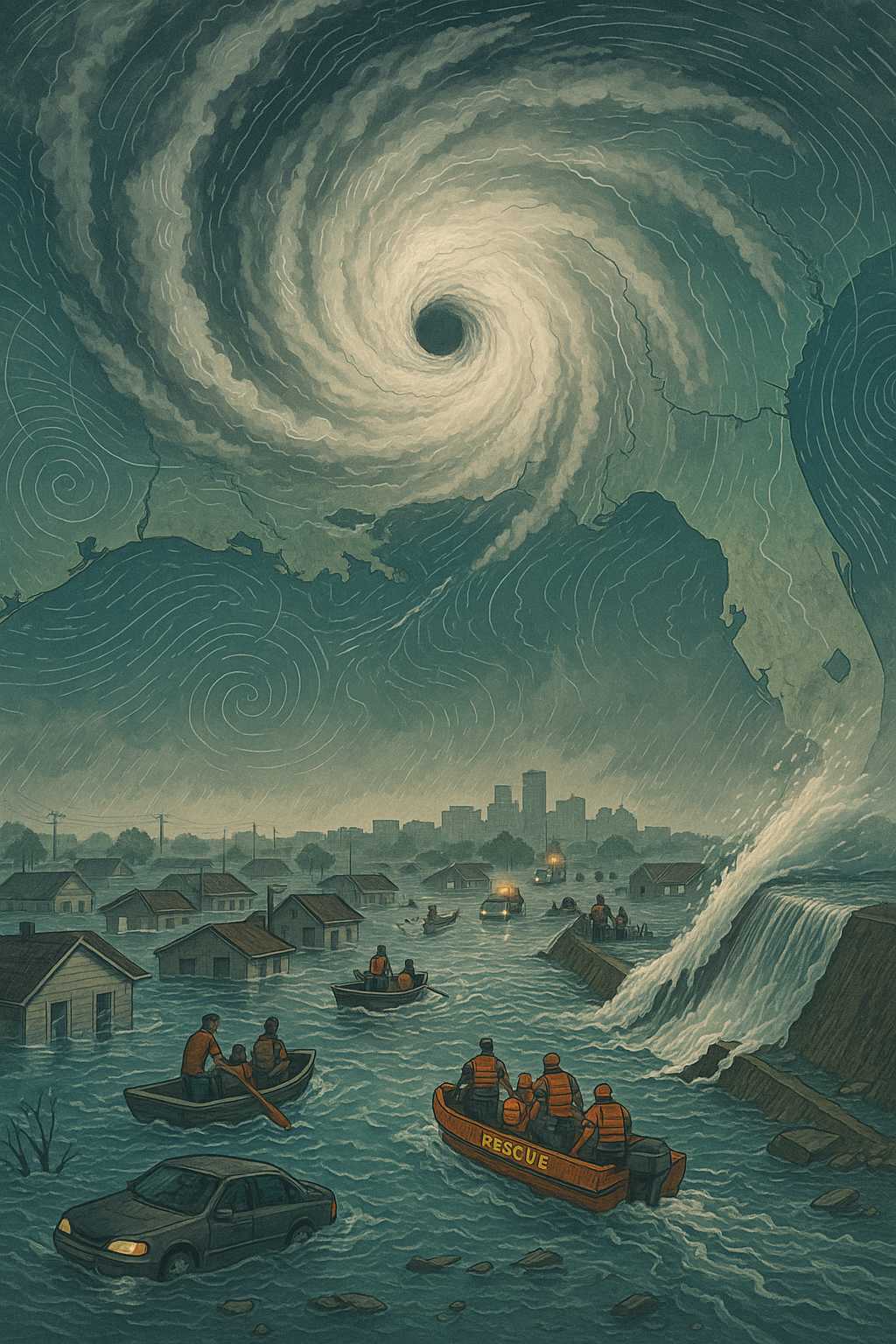Category: Weather
-
The Anatomy of a Tornado: How Nature’s Most Violent Storms Form and Affect Communities
When most people picture a tornado, they imagine a towering, twisting column of wind sweeping across open plains, uprooting trees and tossing debris. But how does this awe-inspiring natural phenomenon actually form—and what are its impacts on the communities it strikes? As a meteorologist, I’d like to take you through the science behind tornado formation,…
Written by
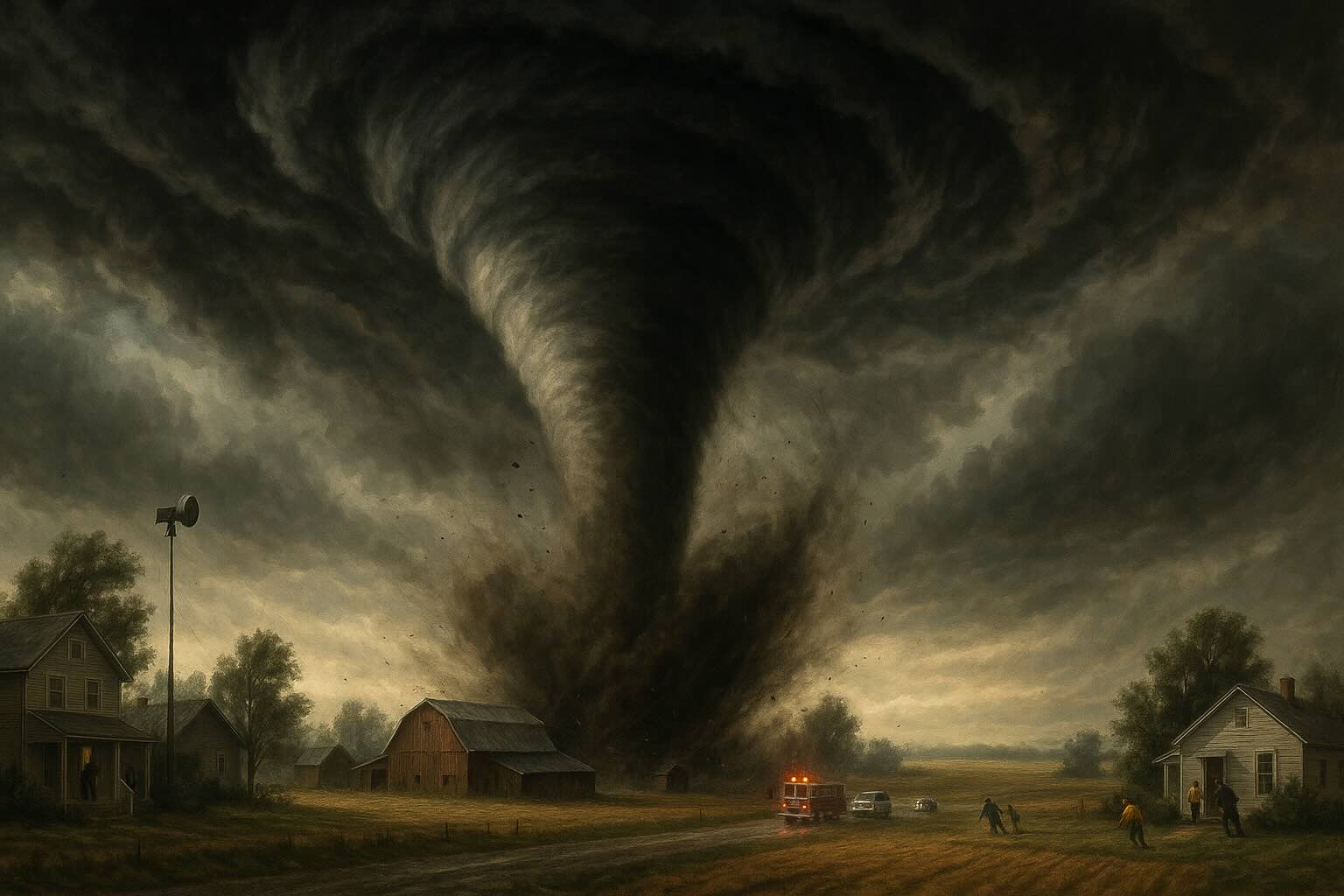
-
Derecho Storms: The Science, Devastation, and Preparation for High-Wind Events
Derecho storms, though less commonly discussed than hurricanes or tornadoes, are among the most powerful and destructive weather phenomena in North America. Stretching for hundreds of miles and packing wind speeds that can rival those of major hurricanes, derechos leave behind swaths of damage, power outages, and lasting impacts on communities. What is a Derecho?…
Written by
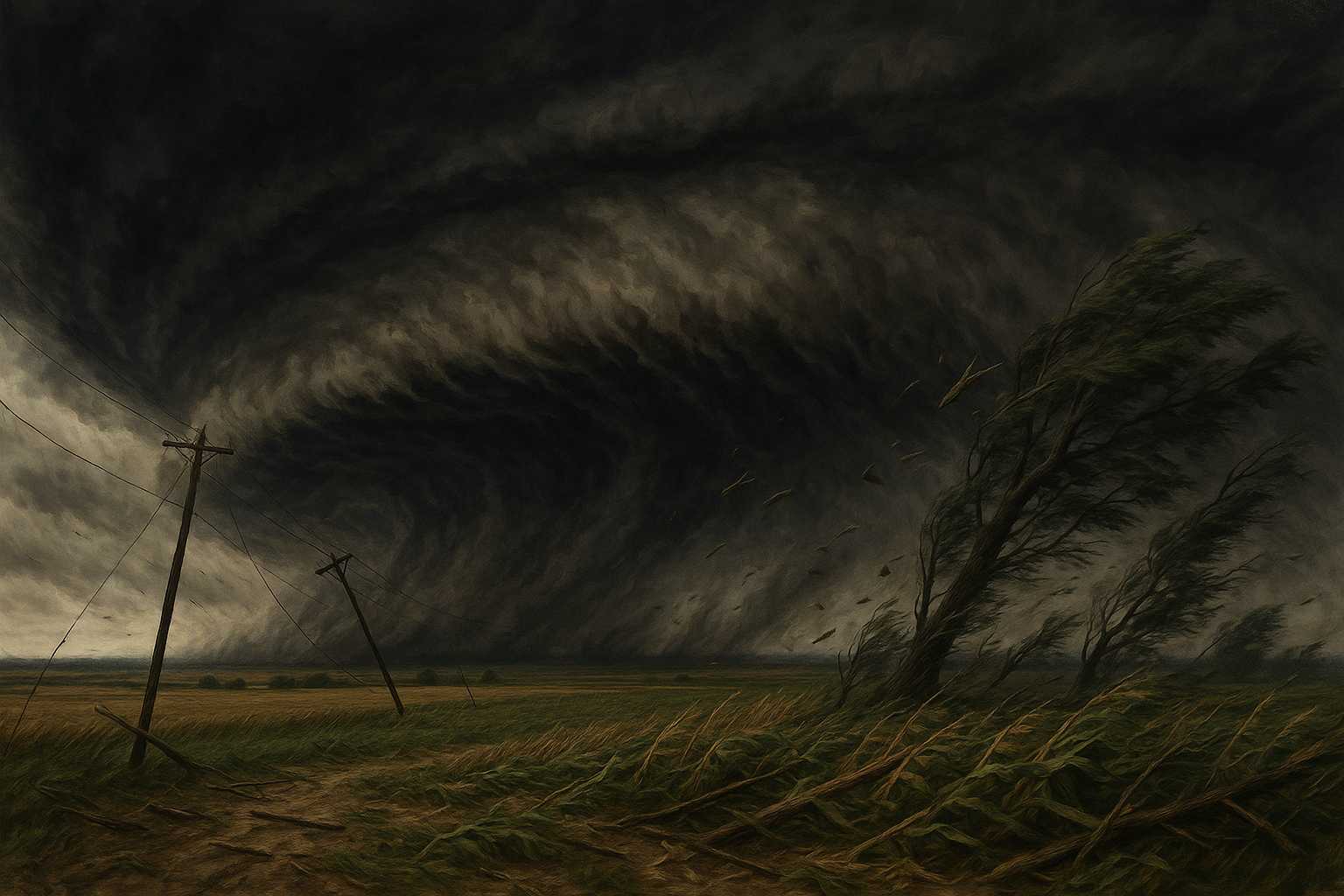
-
The Mystery of Virga: Rain That Never Reaches the Ground
Rain is a familiar sight, but sometimes, those trailing streaks beneath clouds evaporate before they actually make it to the earth. This phenomenon, known as "virga," provides a fascinating glimpse into the complexity of our atmosphere—and it’s more common than you might think. What is Virga? Virga appears as wispy tails or shafts extending downward…
Written by
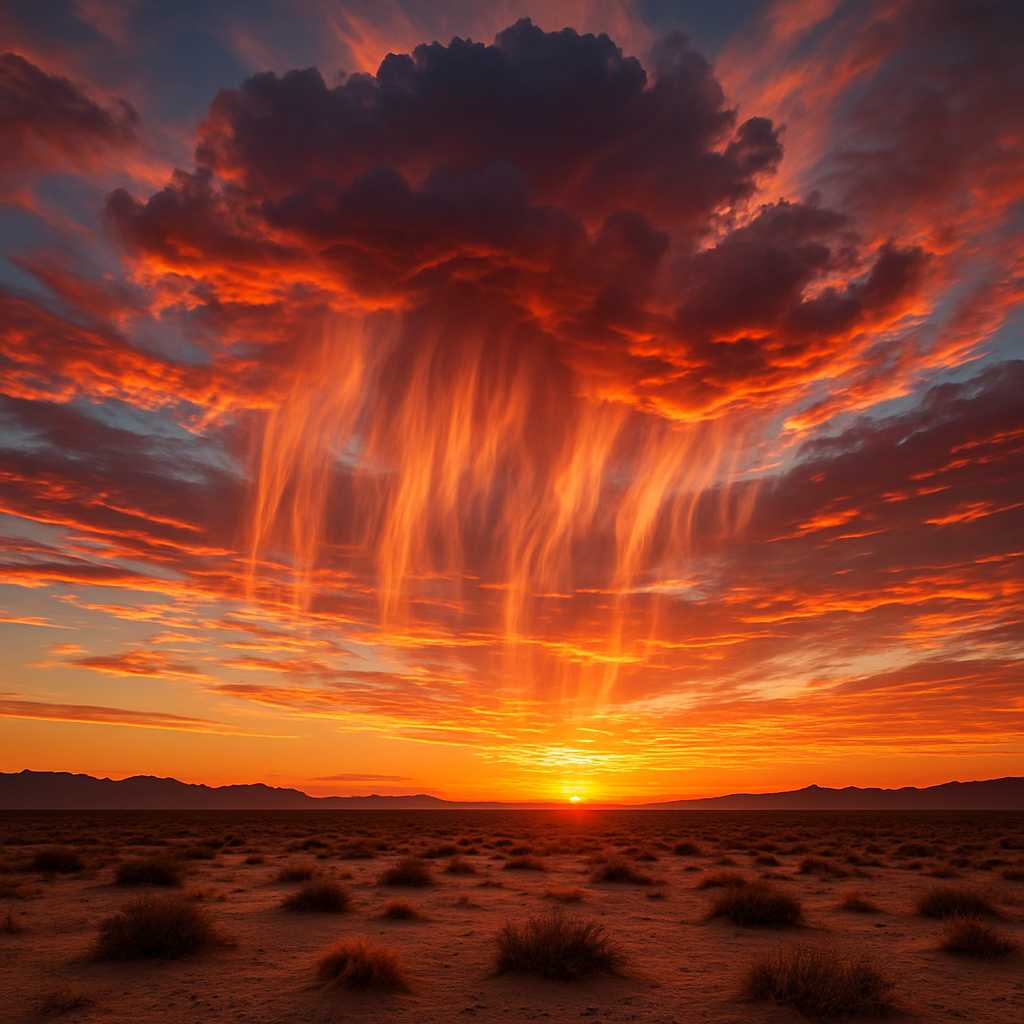
-
Why Humidity Feels Worse in Summer: The Science Explained
As a meteorologist, I’m often asked why hot, humid summer days can feel so much more uncomfortable than dry heat—even at the same temperature. The answer lies in the interplay between our bodies, the atmosphere, and the physics of water vapor. A Quick Refresher: What Is Humidity? Humidity is simply the amount of water vapor…
Written by
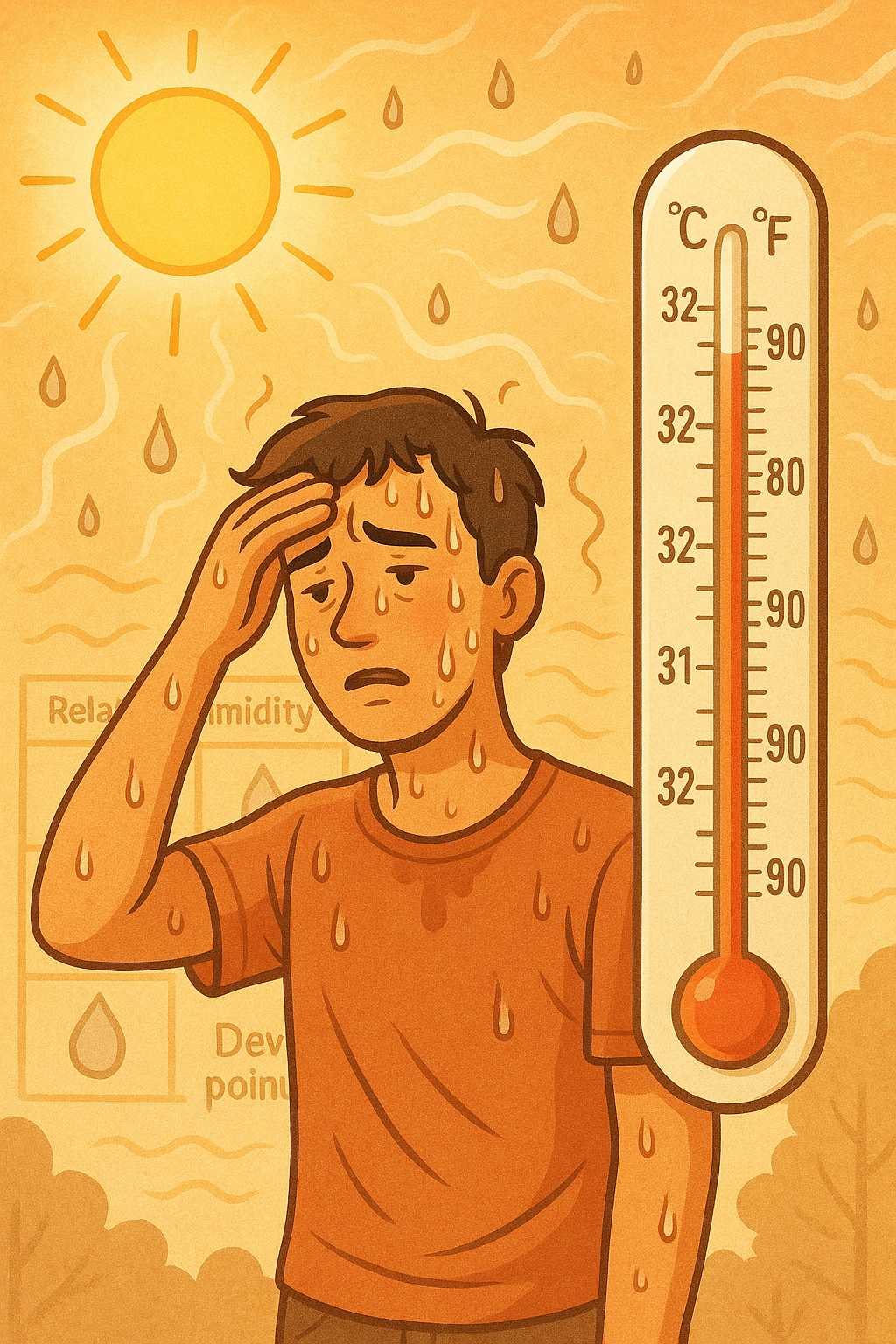
-
El Niño 2023–2024: How a Pacific Phenomenon Shaped Global Weather Extremes
By Dusty El Niño is a periodic climate phenomenon characterized by the warming of sea surface temperatures in the central and eastern Pacific Ocean. Over the past year, the 2023–2024 El Niño event provided a textbook example of how a disturbance in ocean temperatures can ripple across the globe, reshaping weather patterns and impacting millions.…
Written by
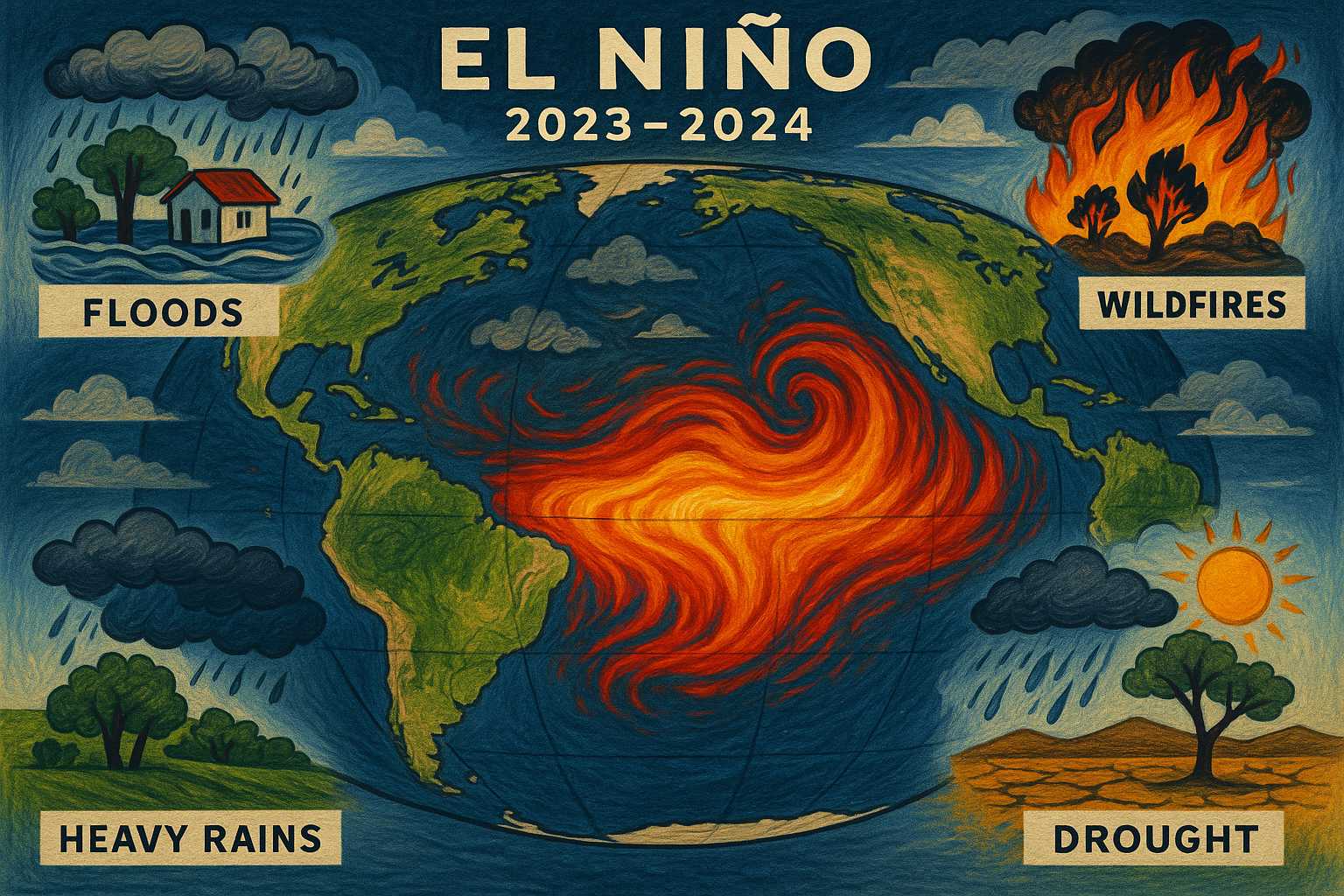
-
Flash Floods in the Desert: The Science and Surprising Risks Behind Sudden Inundations
Deserts are synonymous with scorching sun, parched landscapes, and rare rainfall. Yet, paradoxically, some of the most dramatic flash floods on Earth occur in these arid regions. As a meteorologist, I often encounter surprise when discussing the frequency and intensity of sudden floods in places like Arizona, Nevada, or northern Africa’s Sahara. Let’s explore how…
Written by
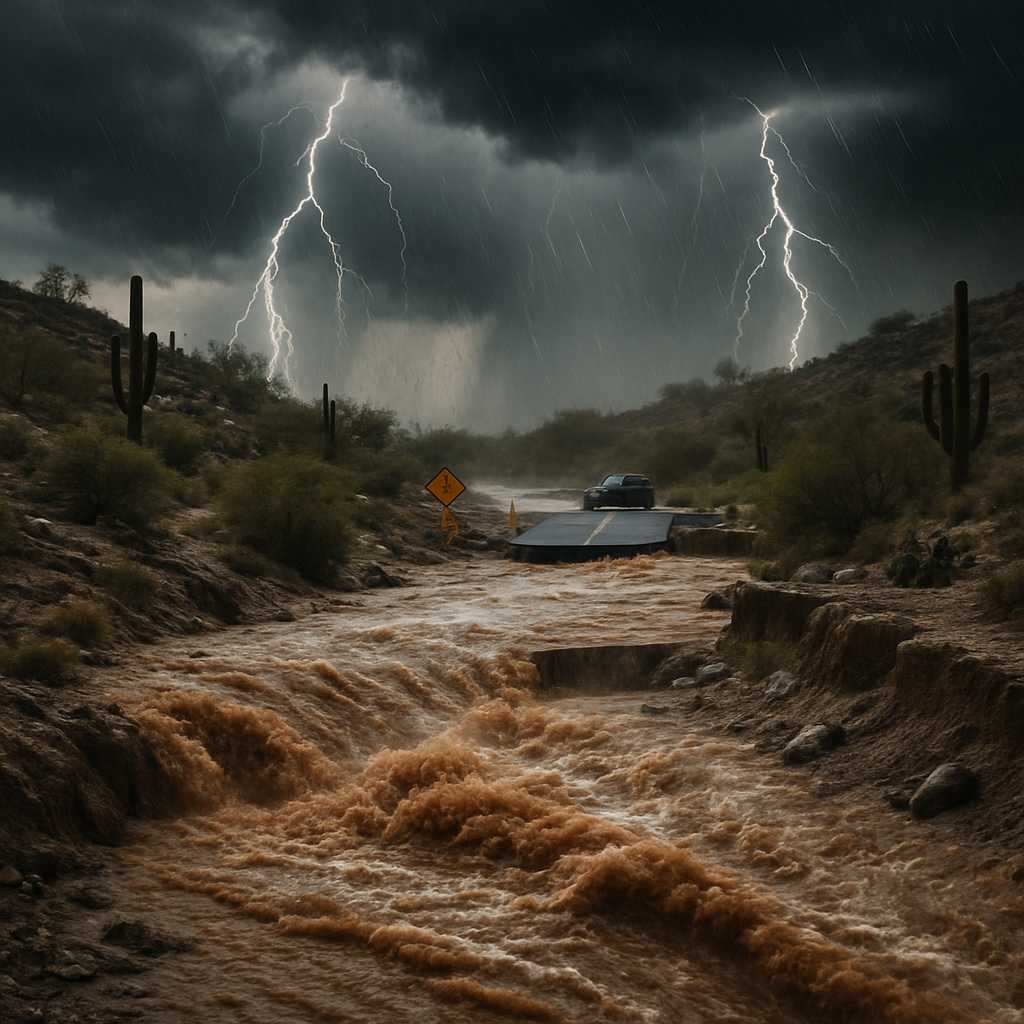
-
Cloud Types and What They Tell Us About the Weather
By Rabir, Meteorologist Every day, we look up and notice clouds drifting overhead—in countless shapes, sizes, and shades. Yet, these atmospheric wonders are much more than visual curiosities. As a meteorologist, I find that understanding cloud types offers a direct window into the dynamics of our weather, both present and future. The Basics of Cloud…
Written by

-
Historic Hailstorms: Their Meteorological Origins and Community Impacts
As a meteorologist passionate about extreme weather, I’ve encountered countless fascinating phenomena, but few match the sudden ferocity of a hailstorm. Across the United States and around the globe, hailstorms can cause catastrophic damage in a matter of minutes—shattering car windows, decimating crops, and posing significant risks to communities. The Science Behind Hail Formation Hail…
Written by
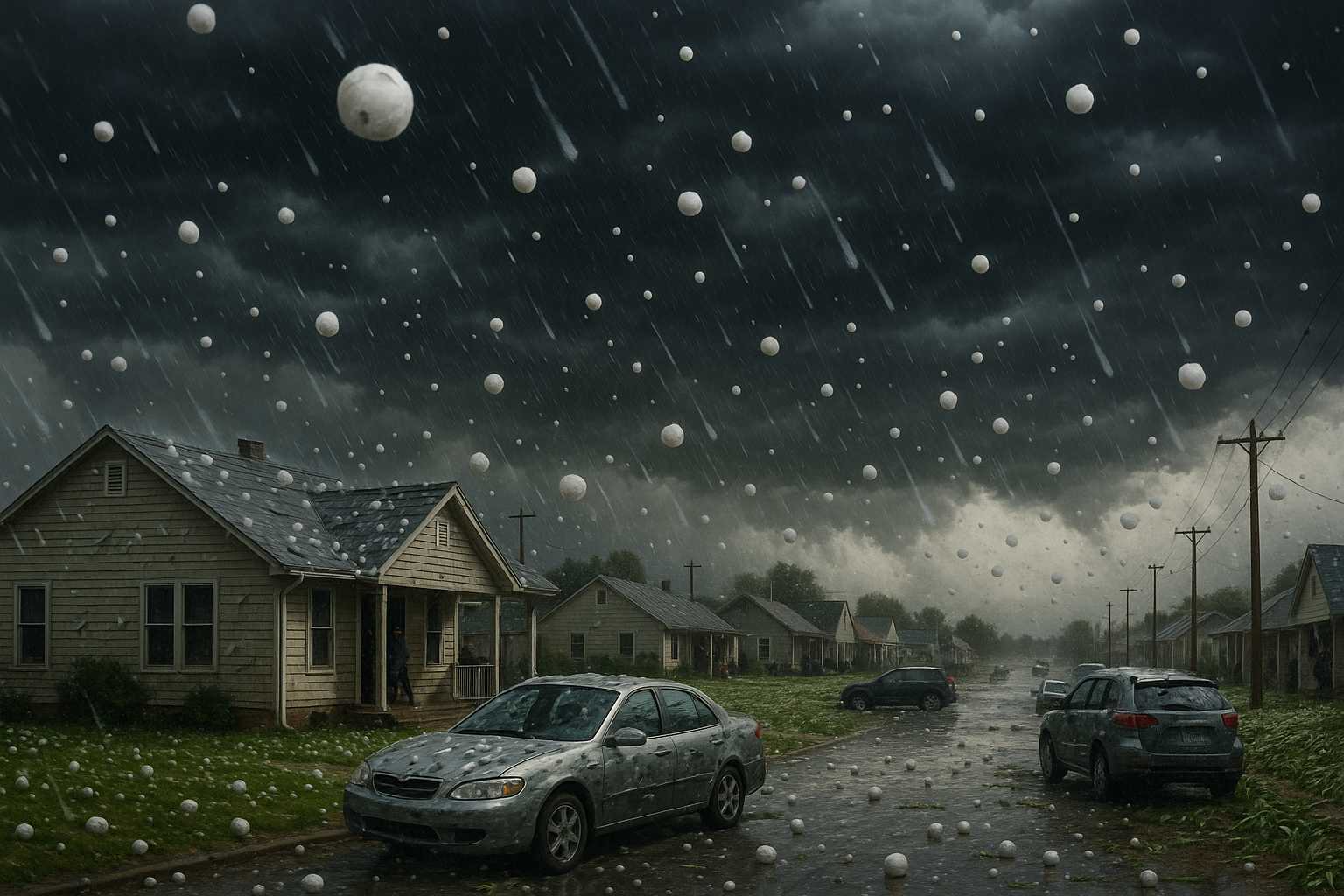
-
Orographic Lift: How Mountains Make Their Own Weather
As a meteorologist, I often find myself captivated by the subtle but powerful processes that shape our daily weather. One such phenomenon is orographic lift—a process where the landscape itself, especially mountains, becomes an architect of the atmosphere, sculpting clouds, storms, and even shaping entire ecosystems. Let’s unravel how this fascinating effect influences weather patterns…
Written by
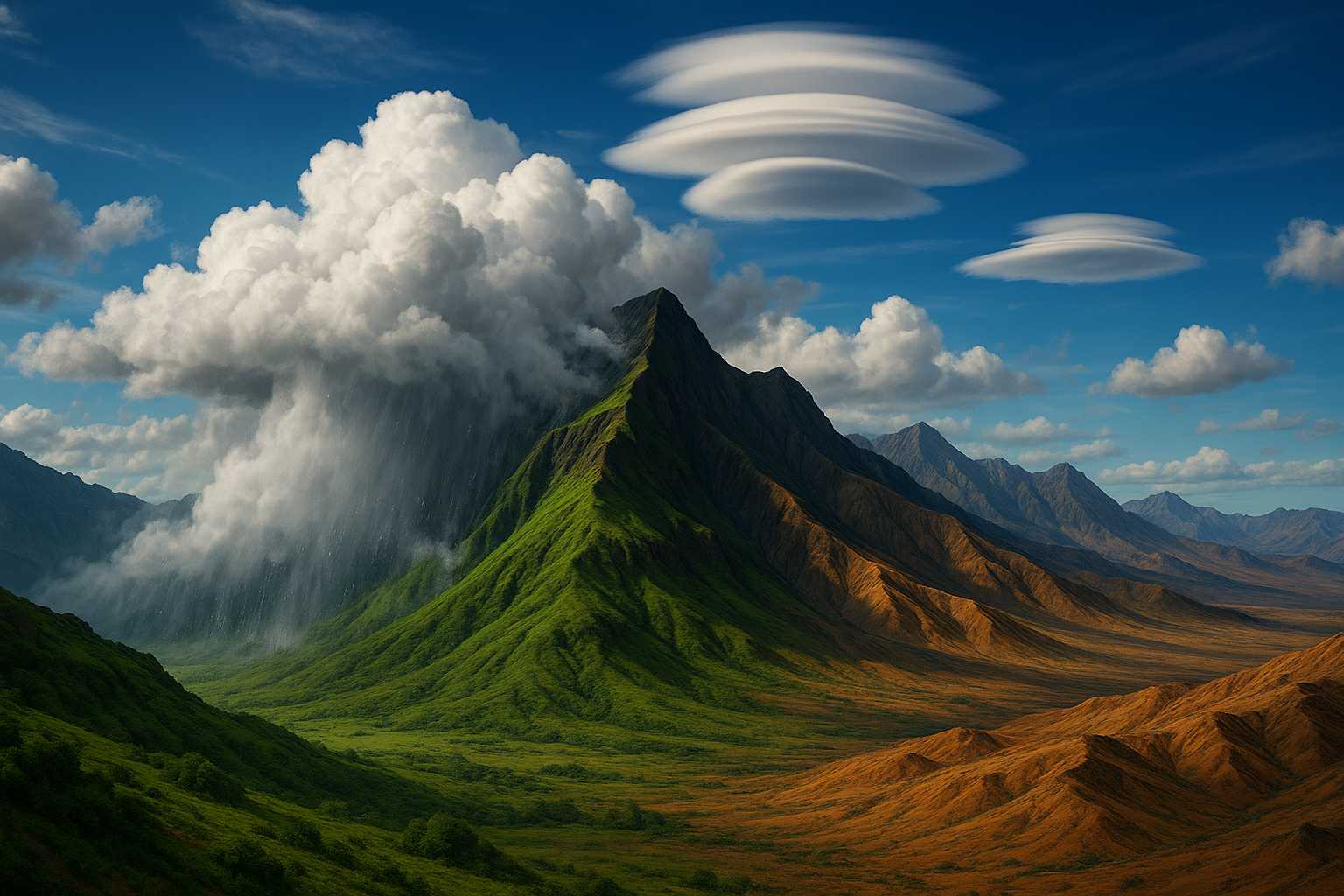
-
Hurricane Katrina: The Science Behind the Storm and Its Lasting Impact
When Hurricane Katrina struck the Gulf Coast in late August 2005, it became one of the most catastrophic natural disasters in U.S. history. As a meteorologist, I find Katrina to be a powerful case study in both extreme weather systems and their profound human impacts. How Do Hurricanes Like Katrina Form? Hurricanes, or tropical cyclones,…
Written by
